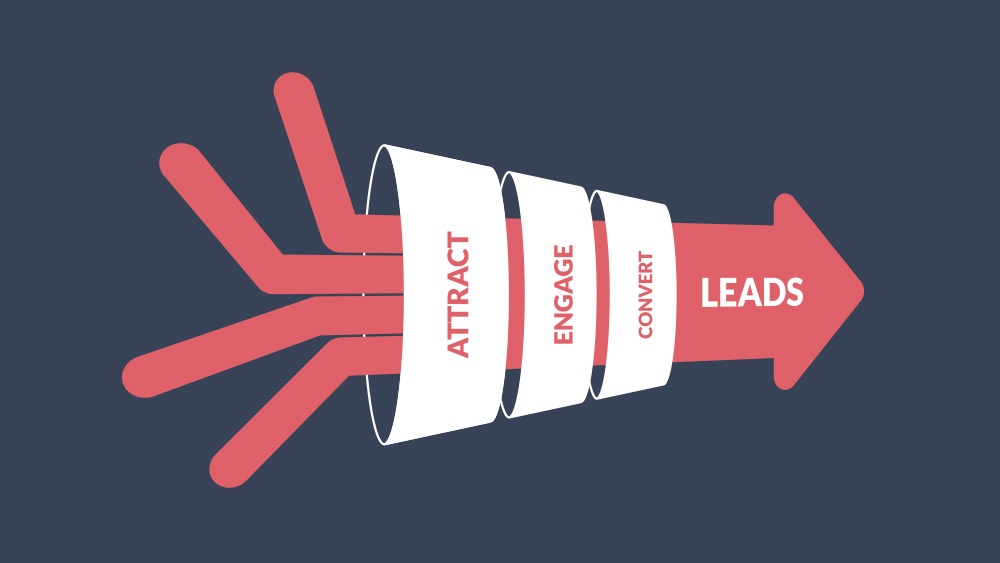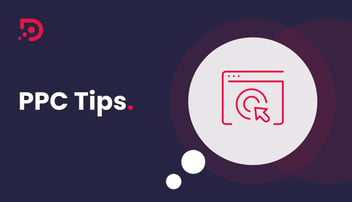Conversion Rate Optimisation, otherwise known as CRO, has gathered momentum in digital circles. It's now considered a cornerstone of an effective digital marketing strategy, and a certified metric within most campaigns.
Some compare CRO to KPIs (Key Performance Indicators), while others are unaware altogether.
Whatever your level of awareness, it’s vital that your business doesn’t miss out. That’s because a well-strategized CRO can offer numerous benefits to your organisation, so you should be in the know.
Here’s how we define CRO, and how you define it.
What is Conversion Rate Optimisation?

Conversion Rate Optimisation is the process of optimising your site to increase the chances of visitors completing certain actions within your site.
CRO has the bottom line end goal in sight: conversion. If for example, the goals of your strategy are being met - from search engine optimisation to social, all is going well - but your visitors just aren’t converting as you’d like, then you have a conversion problem.
That’s where CRO comes in. According to 59% of company respondents to an eConsultancy survey, CRO is crucial to their overall digital marketing strategy. Elsewhere, 98% believe CRO’s impact on their digital marketing carries some kind of importance.
Remember, though, that ‘conversion’ is not always a purchase. According to your particular goals, it may be a visitor signing up to your newsletter, or perhaps they created an account or completed a survey.
We’re sure you know of the Conversion Rate (CR) metric - well, CRO focuses solely on that, and looks at how it can be Optimised for success.
CRO is the business of increasing the percentage of website visitors who have one great user experience moment where they decide to take action. In other words, an ‘aha’ moment.
At its core, CRO determines what users want when they drop onto your site, and then how you plan to give it to them. It always relies on whatever KPI you’re looking at: basically, one marketer’s CRO may well differ to another’s.
The techniques you apply according to your CRO will differ too. For example, sometimes you may have to move your CTAs higher on a landing page or change up your email marketing approach.
Why is CRO important?

Because marketing is an investment, you are paying to produce traffic to your site in one way or another. So having a high conversion rate will lead to better ROI.
Furthermore, optimising CRO is one of the best strategies for working with the increasingly limited attention span of your average visitor. It satisfies a pain point for your potential customers: by optimising your chances at converting them, you will have given them just what they are looking for in their journey to purchase.
CRO best practices
We think that people learn best when they’re shown, so we’ve compiled a few CRO best practice tips to help you understand.
#1 Improve CTA quality
Of course, your CTAs being the hooks onto which your visitors are drawn, you want them to be sharp, attractive and primed.
This means improving the text or making them more eye-catching. Whatever your CRO metric may be, CTAs are vital.
CTA positioning is important too. According to research by Wordstream, emails with a single call to action increased clicks by 371%.
#2 Include video content
It’s the future if you’ve not already heard. With video, you can show your products or services in action. Furthermore, a case study from AmeriFirst shows that the use of video content improved their conversion rate by 20%.
Can’t argue with that!
#3 Create urgency
A sense of immediacy to your visitors is worth its weight in gold. A ‘limited-time’ incentive can be a great way of ushering your visitors through the funnel.
It lends a sense of urgency and something that you are soon to miss out on if you don’t act fast and strike while the iron’s hot.
This is a tip that doesn’t so much hinge on numbers, data or analytics - it’s an organic tip that works well across the marketing mix.
#4 Add value to your services
It’s the age-old advertising mantra: “communicate not only what it does, but what it does for you”. In other words, focus on the benefits of your service.
It does little good to merely list what your service(s) do. It comes off as over-technical, and frankly uninteresting.
If conversion is the modus operandi, tell your visitors exactly what they stand to gain. If you don’t do this, your visitors may wonder what they are on your site for.
#5 Use relevant images
Nothing quite says ‘amateur’ like an irrelevant, heavily-pixelated banner image hastily sourced from a stock website. Instead, seek out images that speak to the content, is relative and contributes something to the content.
If you can afford to create the images yourself - go for it! Bespoke content is a great factor in increasing CR.
#6 Reduce form fields
Cut to the chase, already!
Having too many form fields will pose an intimidating and bothersome barrier for your visitor, and they will likely deem the trouble of filling them in unworthy of whatever offer they will receive.
Make it simple, streamlined and quick. In terms of contact information, you need the bare essentials. Unnecessary form fields make it harder for your visitor to convert.
#7 Conduct A/B Testing
Where conversion rate optimisation is concerned, A/B testing may well be your best friend and most valued companion. You need to find a winning formula for what works for you and drive conversion.
A/B testing is when you have two of the same (or at least similar) forms - they could be two emails or two landing pages - and you apply different formulas to each and review which performs the best.
With A/B testing, you need to define your goals and ensure they are clear-cut. You are limiting yourself to only two variants on the same piece of work, so they should be cohesive and synchronised completely.
Conclusion
And that’s that! Consider the above when you’re next looking to increase your conversion rate - it will stand you in great stead for future success.
Here are those seven elements of CRO once again:
- Improve CTA quality
- Include video content
- Create urgency
- Add value to your services
- Use relevant images
- Reduce form fields
- Conduct A/B Testing




